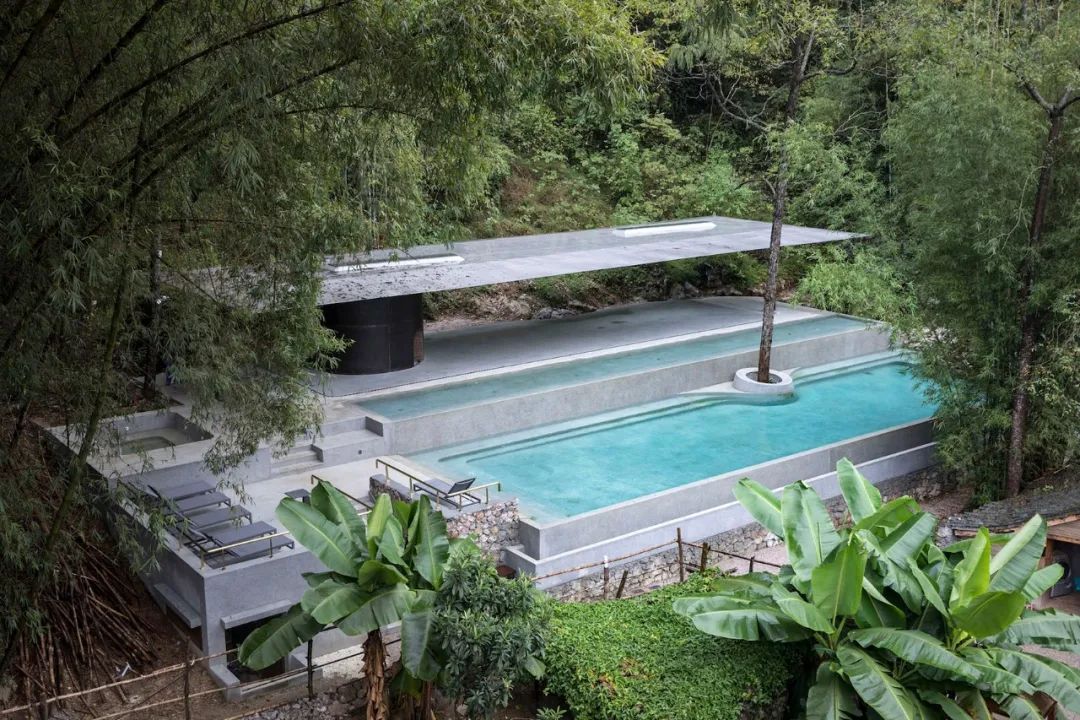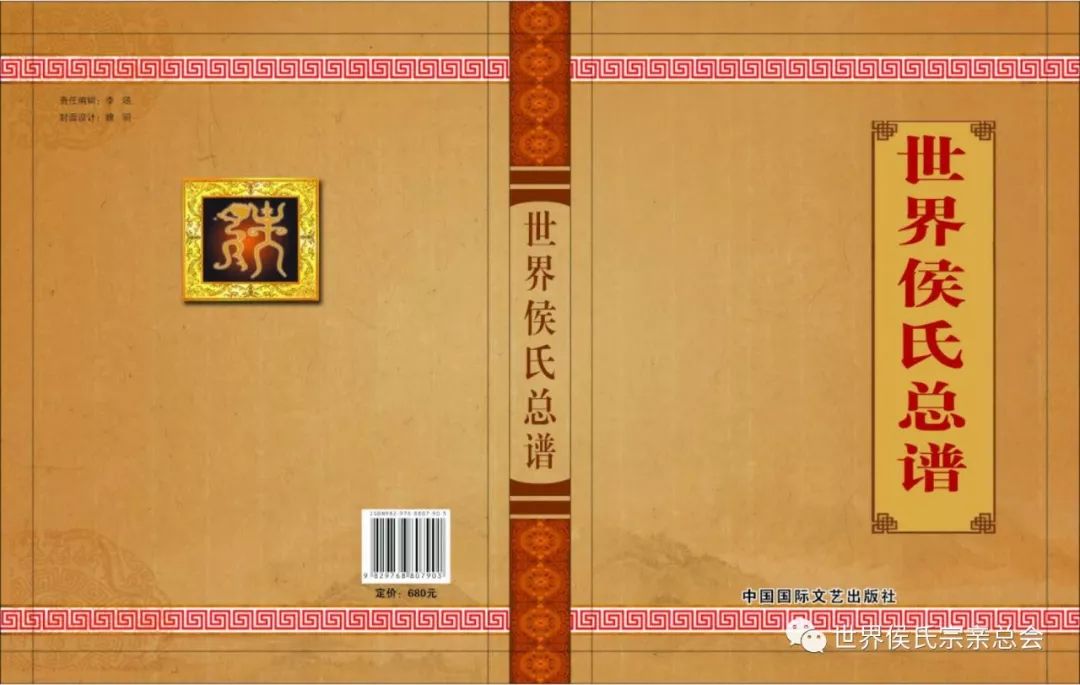Located in the beautiful landscape, how should architecture pay respect to nature? By layout, volume, or construction, material? Or a combination of considerations
. 
Guangxi, as a relatively small domestic construction travel destination, may be less noticed, but it does not mean that Guangxi has no good houses
. 
The following buildings, whether large or small, reinforced concrete or green tiles and bamboo strips, show their own unique considerations when facing the site environment and broader natural landscape
. 
Guangxi’s wonderful landscape architecture, waiting for you to explore
. 
Architectural roaming map of Guangxi Zhuang Autonomous Region (editor’s drawing) 01 Shilu Textile Industrial Park Design: Lu Yuanxiang architects, 2020 coordinates: Guilin jiumeiqiao Guiyang road Photography: existential architecture architectural photography design takes the restoration of the original wetland landform of the base as the breakthrough point, and places a large amount of building blocks on a large dry land in the south of the park due to the long-term excessive excavation of old factories As far as possible, the bamboo forest, fish pond, swamp and other ecological environment on the north side of the park should be preserved, and efforts should be made to restore the original bottom of the lake, so that small buildings can be located along the lake and echo each other from afar
. 
The designer intends to extend the main body of the building horizontally
. 
The highest point of all buildings is only 22 meters
. 
Let the huge production workshop and process center more easily integrate into the natural environment of the base, let the garden become the leading role, and the architecture become the supporting role
. 
The exterior surface of the main building is made of local unique green bricks and recycled bamboo strips
. 
It not only pays homage to the traditional folk handicraft with “I-shaped masonry”, but also practices the environmental protection concept of sustainable development through “turning waste into treasure”
. 
The five main buildings of phase I are located in the pits of the park, which makes the overall layout as wide as possible
. 
In summer, it can effectively promote the penetration of the southerly monsoon
. 
The semi closed bamboo strips on the facade can enhance the wind speed of the “through wind” and create a more comfortable experience
. 
In winter, the restored mountain slope forms a natural screen to block and weaken the piercing northeast monsoon
. 
02 Yangshuo xiyueyunlu Hotel Design: Jinghui design (old building renovation) + Liu Yuyang architectural firm (new building), 2015, 2019 coordinates: Yangjia Village Hotel, Xingping Town, Yangshuo County, Guilin City photo: Su Shengliang’s new swimming pool and yoga Pavilion photo: Tian Fangfang hotel is hidden in the good mountains and water of Lijiang River, which is transformed from several dilapidated rural houses scattered in a natural village
. 
The designer adopts a kind of respect and cautious attitude towards the local culture and the surrounding villagers to sort out and reconstruct the original small and messy rural houses and sites
. 
On the premise of not destroying the original appearance, the old rammed earth building was transformed into a hotel room in line with the quality of contemporary life
. 
The new restaurant uses a more low-key architectural vocabulary, with variable cross-section steel structure and glass central axis door and window system to form a material contrast with rubble exterior wall, carbonized wood grid, and roof ceramic tile
. 
The space dialogue and sense of continuity formed by new and old buildings are the basic rules to maintain the natural symbiosis between foreign (hotel) and local (rural)
. 
The newly built Yoga Pavilion and swimming pool in 2019 will parallel a group of nearly equal proportion and area swimming pools and yoga Pavilion in the venue, forming the commanding height of the whole hotel space sequence
. 
The curvilinear boundary of the ground conforms to the trend of rocks, and becomes a landscape to feel the life breath of the earth in a short distance
. 
Yoga pavilion through a group of arc steel plate walls and A-shaped steel columns to support a 24 m * 8 m horizontal eaves, light and simple stealth in the landscape
. 
03 Yangshuo tangshe Hotel Design: straight building (Architecture) + horizontal line space design (Interior), 2018 coordinates: No.102 Dongling Road, Yangshuo Town, Guilin City photo: Su Shengliang photo: Chen Hao Yangshuo tangshe hotel is located in a mountain depression by the Lijiang River, which is one of the most representative karst areas
. 
The site is rich in natural landscape, and retains the old sugar factory built in the 1960s and the industrial truss used for sugar transportation at the same time
. 
In the site layout design, the standard guest room building and villa are located on the two wings of the old sugar factory, which makes the old sugar factory and industrial truss occupy the central axis of the whole hotel complex in the final layout
. 
The landscape fire pool reflects the reflection of the old factory and further emphasizes the memorial of the old sugar factory
. 
In terms of building materials, the project adopts the mixing method of concrete “Hui” shaped block and local stones
. 
This composite facade material is consistent with the old building’s green brick in texture and logic, but the contemporary construction technology makes it present a more flexible and transparent visual effect, and improves the building’s ventilation and lighting
. 
The whole site is a walkable space system: the old sugar factory, the industrial truss and the new volume jointly define the closed or open space
. 
In the interior of the standard guest room building, as an extension of the horizontal walking system in the vertical direction, a 1.25m public footpath extends along the syncline above the exterior interface of the building
. 
The public footpath system is independent of the horizontal functional corridor system
. 
Inspired by the mountain path system and karst cave dug into the mountain in karst terrain area, the gradually climbing linear public trail connects three “karst cave” spaces with strong spatial directivity
. 
The three “karst caves” present different relationships with natural rocks at different heights
. 
Walking in the resort, people can constantly experience the light and dark, high and low, far and near of the space
. 
04 bamboo pavilion design: Xuxiang architectural design, 2020 coordinates: impression of Liusanjie Park, Yangshuo County, Guilin City Photography: existential architecture architectural photography click on the picture to learn more about the project
. 
The project is located in impression of Liusanjie Park, Yangshuo County, with endless green plants surrounding huge hills and rocks
. 
Based on the understanding of the site, the natural elements themselves become the premise of architectural conceptual design
. 
After referring to the state of the local landscape, the designer decided to keep most of the existing structures unchanged
. 
In the connection area between the entrance of the park and the end of the performance venue, two new cultural transportation systems were introduced
. 
While integrating the existing natural texture, it formed a process of emotional perception and story culture
. 
The first system is “bamboo lantern in the center”, that is, lantern structure space made of hand-made bamboo, which is scattered in the area of visitors’ entrance flow line, as a space for experiencing Liu Sanjie’s culture, cultural and creative sales and rest before entering
. 
Another system is the “manual bamboo art corridor”, which forms a layer of hand woven “bamboo net” between the bamboo clumps, providing a walking area that can avoid conventional rainfall
. 
The creation and formation of these two systems, not only as the attributes of their own existence, but also as a kind of internal and external resonance and echo with the materials, limbs and feelings of the surrounding natural environment, are constantly conveying the meaning of layer upon layer renewal and endowing each other with stronger vitality
. 
Design of Vanke City Exhibition Hall in Bailu District of Liuzhou City: Studio Zhan Tao of XAA architectural firm, 2020 coordinate: No.1 Bailu Avenue, Liubei District, Liuzhou City photo: Zhan Changheng click on the picture to learn about the details of the project
. 
In order to maintain the spatial continuity and publicity of the park and respond to the spatial problems of the exhibition hall and the park, the design concept of “burying the building completely underground” is proposed The light transmission cracks on the surface and the building itself present a strong geometric structure, creating a “forest of industrial light”
.
It can not only provide lighting for the park at night, but also remind the public that there is a space to be explored underground
.
The building roof is a roof where people can plant grass
.
People who come to the park can stand on the slope of the roof and have a bird’s-eye view of the events in the sinking space to form interaction
.
06 South Institute Design: Advanced Architecture Laboratory + original architecture office, 2016 coordinates: sanjiatun village, Yangshan village, Mashan County, Nanning City Photography: existential Architecture – the birth of South Institute of architectural photography started from the beautiful rural reconstruction project in sanjiatun
.
This old house was originally a private house with a history of more than 60 years.
.




